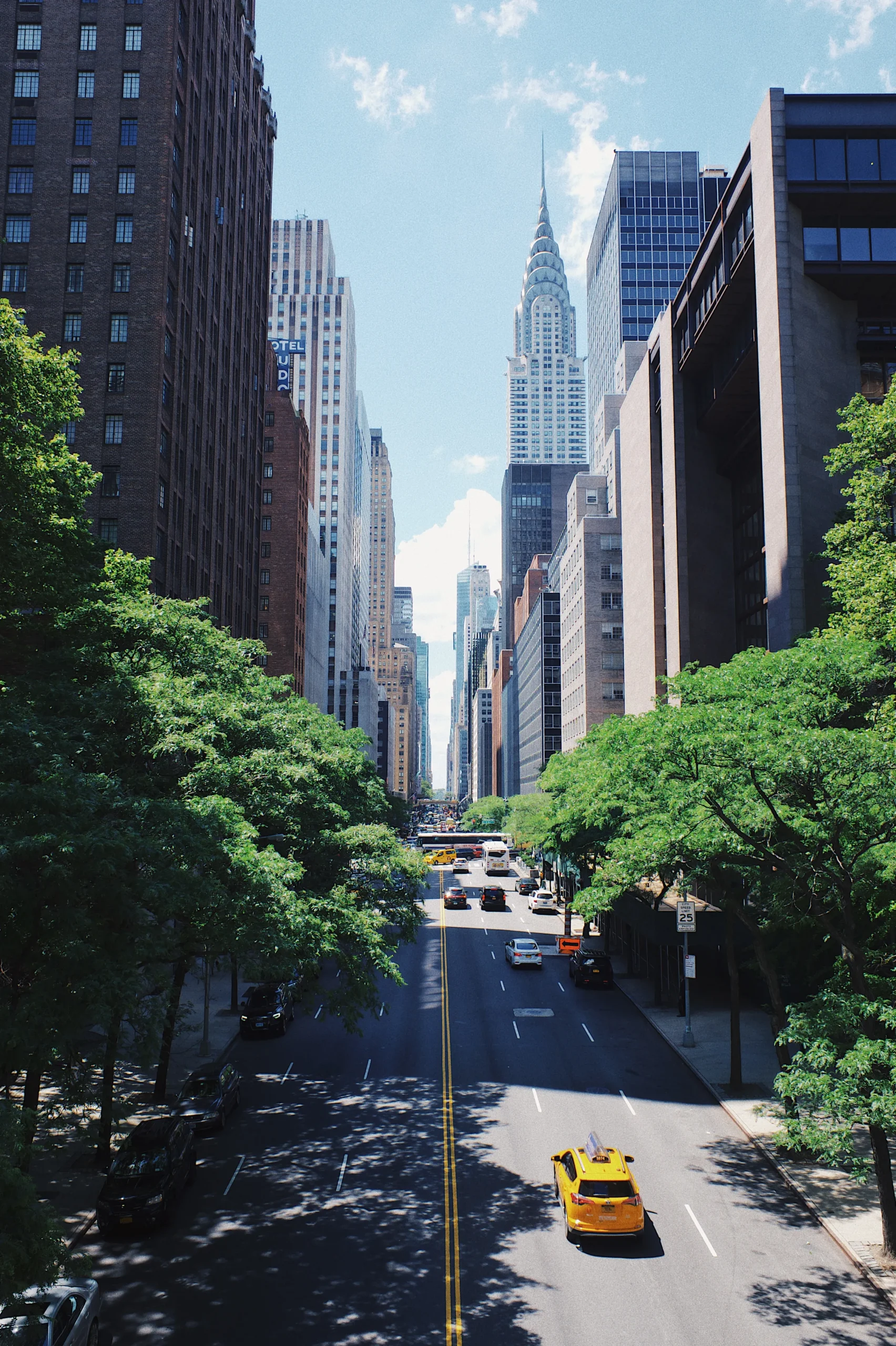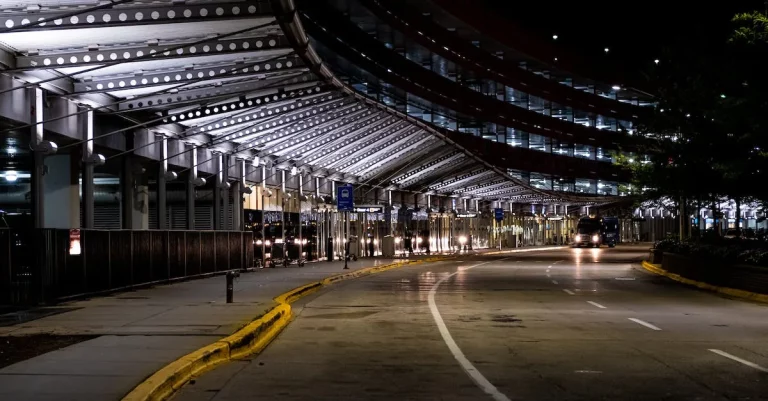How Long Is A Block In New York City?
New York City’s street grid is known for its long, straight avenues and orderly blocks. But just how long is a typical NYC block? The answer depends on the borough and neighborhood.
If you’re short on time, here’s a quick answer to your question: The average block in Manhattan is about 264 feet long. Blocks can range from around 200 feet to over 800 feet long.
In this detailed guide, we’ll look at block lengths across New York City’s five boroughs. We’ll cover the history behind the city’s grid system, dive into the average block size in different neighborhoods, and look at some of NYC’s longest and shortest blocks.
A Brief History of New York City’s Grid System
The grid system of New York City is a defining characteristic of its urban landscape. It is a testament to the city’s foresight and planning, as it has withstood the test of time and continues to shape the city’s development.
Understanding the history of the grid system is essential in comprehending the layout and structure of New York City today.
The Commissioners’ Plan of 1811
The grid system was established through the Commissioners’ Plan of 1811. This plan was devised by a group of three commissioners appointed by the New York State Legislature. Their goal was to create a comprehensive urban plan that would accommodate the city’s rapid growth and provide a clear and organized layout for future development.
The plan called for a rectangular grid of streets and avenues, with each block measuring approximately 200 feet by 600 feet. This standardized block size was a groundbreaking concept at the time and set the foundation for the city’s future growth.
The grid system extended from Houston Street in the south to 155th Street in the north, and from the East River to the Hudson River.
The Commissioners’ Plan faced some opposition from landowners who would lose portions of their property due to the new street layout. However, the plan was eventually approved and implemented, and it transformed New York City into a city of straight, uniform streets that we see today.
How the Grid System Evolved
While the original Commissioners’ Plan laid the groundwork for the grid system, it is important to note that the system has evolved over time. As the city expanded and new neighborhoods were developed, modifications were made to accommodate the changing needs of the growing population.
For example, in some areas, diagonal streets were introduced to connect major thoroughfares and provide better traffic flow. One well-known example is Broadway, which cuts diagonally across the grid system, creating a distinct intersection of streets in Times Square.
Additionally, the grid system has also been adapted to incorporate parks and landmarks. Central Park, for instance, was incorporated into the grid system as a large rectangular space, providing residents and visitors with a much-needed green oasis in the heart of the city.
Over the years, the grid system has proven to be an efficient and effective way of organizing the city’s streets and avenues. It has allowed for easy navigation and has facilitated the growth and development of New York City into the bustling metropolis it is today.
For more information about the history of New York City’s grid system, you can visit the New York City Department of City Planning website.
Average Block Lengths in Manhattan
Blocks Below 14th Street
In Manhattan, the average length of blocks below 14th Street is approximately 200 feet. These blocks are known for their shorter length compared to the blocks in other parts of the city. The shorter blocks in this area make it easier to navigate on foot and explore the various neighborhoods that make up downtown Manhattan.
It’s not uncommon to find charming streets with unique shops and cafes tucked away in these compact blocks.
Blocks Above 14th Street
As you move further uptown in Manhattan, the average length of blocks increases. Above 14th Street, blocks can range from 400 to 800 feet in length. This change in block length is due to the city’s grid system, which was established in the early 19th century.
The grid system ensures that most streets in Manhattan run parallel to each other, creating a uniform city layout. The longer blocks above 14th Street provide more space for larger buildings and commercial areas.
Notable Short and Long Blocks
While most blocks in Manhattan adhere to the average lengths mentioned above, there are some exceptions that stand out. One notable example is the block on West 45th Street between 8th and 9th Avenue, which is known as the “Shortest Block in New York City.”
This block measures just 61 feet in length, making it a unique and quirky spot in the city.
On the other end of the spectrum, the block on Park Avenue between 50th and 51st Street is one of the longest blocks in Manhattan. This block stretches for approximately 1,200 feet, giving it a grand and spacious feel.
For more information on the average block lengths in New York City, you can visit the official website of New York City. Their website provides detailed maps and resources for exploring the city’s various neighborhoods and streets.
Block Sizes in the Outer Boroughs
Brooklyn
In the borough of Brooklyn, block sizes can vary depending on the neighborhood. However, the average block size in Brooklyn is approximately 200 feet long. This means that if you were to walk from one end of a block to the other, it would take you around 1 minute at a normal walking pace.
It’s interesting to note that some neighborhoods in Brooklyn have larger block sizes compared to others. For example, in the neighborhoods of Park Slope and Carroll Gardens, blocks can be as long as 400 feet.
On the other hand, in neighborhoods like Williamsburg and Bushwick, blocks tend to be slightly smaller, around 150 feet in length.
If you’re planning to explore Brooklyn on foot, be prepared for the varying block sizes and enjoy the diverse neighborhoods that make up this vibrant borough.
Queens
Queens, the largest of the five boroughs in New York City, is known for its spacious neighborhoods and relatively larger block sizes. On average, a block in Queens can be around 250 feet long.
One of the reasons for the larger block sizes in Queens is its suburban-like layout, with more residential areas and less dense development compared to Manhattan. This allows for more open space and larger blocks, making it a great borough for those who enjoy a more relaxed and spacious environment.
Whether you’re exploring the bustling streets of Flushing, the vibrant neighborhoods of Astoria and Jackson Heights, or the tranquil areas of Forest Hills and Bayside, you’ll notice the generous block sizes that make Queens unique.
The Bronx
The Bronx, located north of Manhattan, is known for its diverse neighborhoods and rich cultural heritage. In terms of block sizes, the average length in the Bronx is around 180 feet.
While the block sizes in the Bronx may not be as large as those in Queens, the borough offers its own unique charm and character. From the vibrant streets of the South Bronx to the tree-lined avenues of Riverdale, exploring the Bronx will give you a taste of the rich history and cultural diversity that this borough has to offer.
So, whether you’re strolling through the bustling Grand Concourse or visiting the famous Bronx Zoo, you’ll find yourself navigating through blocks that are just the right size to take in the sights and sounds of this vibrant borough.
Staten Island
Staten Island, the southernmost borough of New York City, is known for its suburban feel and picturesque landscapes. When it comes to block sizes, Staten Island has a mix of varying lengths, with the average block being around 160 feet long.
One interesting aspect of Staten Island’s block sizes is the presence of larger blocks in the more suburban areas, such as Staten Island’s South Shore. In these areas, blocks can be as long as 300 feet, providing ample space for homes and greenery.
Whether you’re exploring the historic St. George neighborhood, enjoying the scenic views along the Staten Island Greenbelt, or taking a stroll in one of the many parks, you’ll appreciate the comfortable block sizes that allow you to take in the beauty of Staten Island.
For more information on the boroughs of New York City, you can visit the official website of NYC.gov.
Conclusion
New York City’s orderly grid system is renowned for its long, straight blocks. But block lengths vary widely based on borough, era of development, geography, and more. While the average Manhattan block runs 264 feet, sizes range from 200 to over 800 feet across the five boroughs.
Understanding block length in New York City provides insight into the city’s history and neighborhood personalities. Whether you’re walking, driving, or looking at a map, block size gives a sense of scale to the urban landscape.








